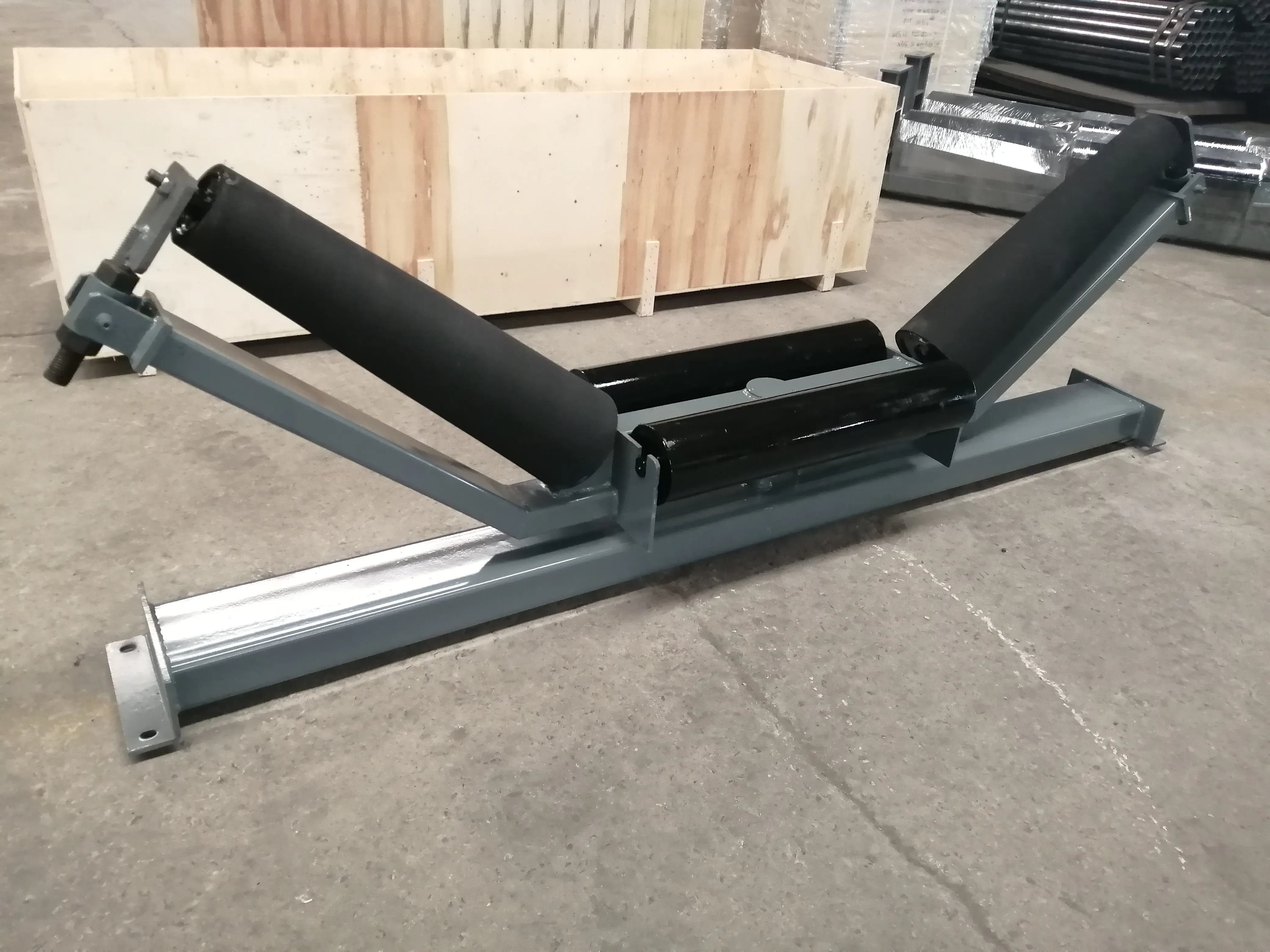 Afrikaans
Afrikaans  Albanian
Albanian  Amharic
Amharic  Arabic
Arabic  Armenian
Armenian  Azerbaijani
Azerbaijani  Basque
Basque  Belarusian
Belarusian  Bengali
Bengali  Bosnian
Bosnian  Bulgarian
Bulgarian  Catalan
Catalan  Cebuano
Cebuano  Corsican
Corsican  Croatian
Croatian  Czech
Czech  Danish
Danish  Dutch
Dutch  English
English  Esperanto
Esperanto  Estonian
Estonian  Finnish
Finnish  French
French  Frisian
Frisian  Galician
Galician  Georgian
Georgian  German
German  Greek
Greek  Gujarati
Gujarati  Haitian Creole
Haitian Creole  hausa
hausa  hawaiian
hawaiian  Hebrew
Hebrew  Hindi
Hindi  Miao
Miao  Hungarian
Hungarian  Icelandic
Icelandic  igbo
igbo  Indonesian
Indonesian  irish
irish  Italian
Italian  Japanese
Japanese  Javanese
Javanese  Kannada
Kannada  kazakh
kazakh  Khmer
Khmer  Rwandese
Rwandese  Korean
Korean  Kurdish
Kurdish  Kyrgyz
Kyrgyz  Lao
Lao  Latin
Latin  Latvian
Latvian  Lithuanian
Lithuanian  Luxembourgish
Luxembourgish  Macedonian
Macedonian  Malgashi
Malgashi  Malay
Malay  Malayalam
Malayalam  Maltese
Maltese  Maori
Maori  Marathi
Marathi  Mongolian
Mongolian  Myanmar
Myanmar  Nepali
Nepali  Norwegian
Norwegian  Norwegian
Norwegian  Occitan
Occitan  Pashto
Pashto  Persian
Persian  Polish
Polish  Portuguese
Portuguese  Punjabi
Punjabi  Romanian
Romanian  Russian
Russian  Samoan
Samoan  Scottish Gaelic
Scottish Gaelic  Serbian
Serbian  Sesotho
Sesotho  Shona
Shona  Sindhi
Sindhi  Sinhala
Sinhala  Slovak
Slovak  Slovenian
Slovenian  Somali
Somali  Spanish
Spanish  Sundanese
Sundanese  Swahili
Swahili  Swedish
Swedish  Tagalog
Tagalog  Tajik
Tajik  Tamil
Tamil  Tatar
Tatar  Telugu
Telugu  Thai
Thai  Turkish
Turkish  Turkmen
Turkmen  Ukrainian
Ukrainian  Urdu
Urdu  Uighur
Uighur  Uzbek
Uzbek  Vietnamese
Vietnamese  Welsh
Welsh  Bantu
Bantu  Yiddish
Yiddish  Yoruba
Yoruba  Zulu
Zulu tapered roller
Understanding Tapered Roller Bearings
Tapered roller bearings are essential components in various machinery and automotive applications due to their ability to support both radial and axial loads. These innovative bearings are designed with a unique geometry consisting of an inner ring, an outer ring, and tapered rollers that allow them to handle heavy loads while providing smooth operation.
Design and Structure
The core design of tapered roller bearings is what sets them apart from other kinds of bearings, like ball bearings or cylindrical roller bearings. The tapered rollers are situated between the inner and outer rings, which are also tapered. This shape allows multiple contact points between the rollers and the raceways, resulting in a larger load capacity. Additionally, the taper angle of the rollers plays a critical role in the bearing’s performance, influencing how well it can handle combined loads.
Tapered roller bearings come in various configurations, including single-row, double-row, and four-row designs. The most common type is the single-row tapered roller bearing, which is widely used in automotive wheel hubs and industrial machinery. Double-row and four-row designs are utilized in applications where higher load capacities are necessary, such as in large industrial equipment and construction machinery.
Applications
One of the most significant advantages of tapered roller bearings is their versatility. They are prevalent in the automotive industry, particularly in vehicles that require robust support for wheel hubs and transmissions. Their ability to handle axial loads makes them perfect for applications such as gearboxes, differential assemblies, and more.
tapered roller

Moreover, tapered roller bearings are also utilized in various industrial settings. They are used in conveyor systems, mining equipment, and processing machinery, where reliable and efficient performance is crucial. Their design allows for effective load distribution, reducing wear and extending the lifespan of both the bearings and the machinery they support.
Performance and Maintenance
The performance of tapered roller bearings is influenced by several factors, including load, speed, lubrication, and environmental conditions. Proper lubrication is vital to minimize friction and wear, which can otherwise lead to premature failure. It is essential to choose the correct lubricant type and to maintain appropriate lubrication intervals to ensure optimal performance.
Regular maintenance checks can significantly enhance the lifespan of tapered roller bearings. Monitoring for signs of wear, such as noise or vibration during operation, is crucial. If abnormalities are detected, it may be necessary to replace the bearings to avoid further damage to the machinery.
Conclusion
In summary, tapered roller bearings are critical components that offer superior load handling capabilities in various applications. Their unique design allows them to effectively support both radial and axial loads, making them ideal for numerous industrial and automotive uses. With appropriate maintenance and lubrication, these bearings can significantly improve the performance and longevity of the equipment they are a part of. Understanding the nuances of tapered roller bearings can enable engineers and operators to make informed decisions about the best bearing solutions for their specific applications, ultimately leading to enhanced efficiency and reliability in operation.
-
Revolutionizing Conveyor Reliability with Advanced Rubber Lagging PulleysNewsJul.22,2025
-
Powering Precision and Durability with Expert Manufacturers of Conveyor ComponentsNewsJul.22,2025
-
Optimizing Conveyor Systems with Advanced Conveyor AccessoriesNewsJul.22,2025
-
Maximize Conveyor Efficiency with Quality Conveyor Idler PulleysNewsJul.22,2025
-
Future-Proof Your Conveyor System with High-Performance Polyurethane RollerNewsJul.22,2025
-
Driving Efficiency Forward with Quality Idlers and RollersNewsJul.22,2025





























